
Motley Cru
Appellations: AOC, DOC, DOCa, DOCG, AVA, DO… In most countries, wine-growing regions ("appellations") are defined by law, and wines made in these regions will denote the legal term on the label such as "Appellation Controlée"( AOC) in France , "Denominazione della Origine Contrallata (DOC)" in Italy.This allows the consumer to pre-evaluate the quality of the wine, based on the assumption that wines grown in the preferred places are of inherent better quality….but then, have you ever tasted Tignanello?? One of the world’s GREAT wines, designated as just a “table wine” because it doesn’t meet the DOC requirements for the Chianti Region.
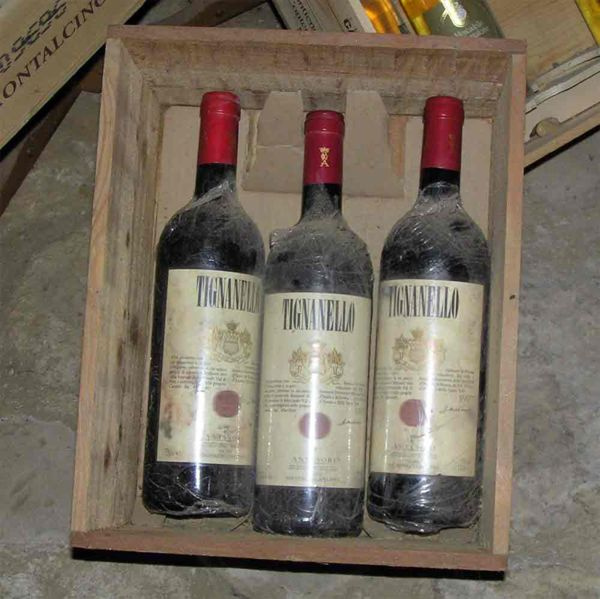
Grand Cru: A French term meaning “great growth”. In Burgundy Grand Cru refers to the best vineyard sites, (there are just 34), which are on the slopes of the Côte d'Or. But in Bordeaux, the majority of established estates were classified as Grand Cru and so the term isn’t qualified in the same way. Generally it refers to a top rank status that lends itself to expensive, often great wines.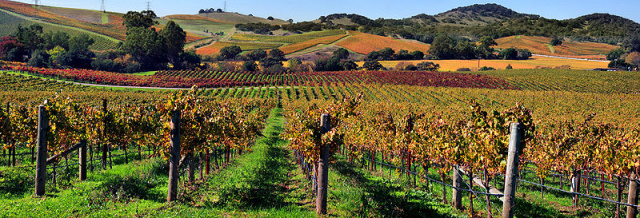
You may have seen a few foreign words for vintage on your wine bottles such as “Cosecha" in Spanish, "Vendemmia" in Italian. The vintage of a wine is the year the grapes were harvested. Non-vintage wines are generally blends of various vintages.For the best advice on when to open a bottle or on the longevity of a wine, look to the winemaker, often there will be a recommendation on the back label. Vintage charts are somewhat helpful, but really only in retrospective. It is notoriously difficult to generalize the quality and character variables of hundreds of estates and producers.
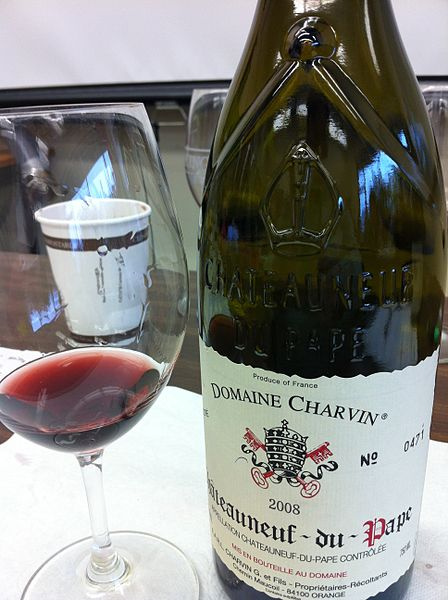
“Gutsabfüllung” (Germany), “ Estate bottled”: If the wine is "estate bottled", it is made at the estate from grapes grown and harvested in the winery's own vineyards. Generally it is thought that estate produced wines, where often the owner is also the vineyard manager, worker and winemaker, are more closely attended and results in a better wine or at least a wine that will show some character. The German term is more exclusive than most including that the winemaker must have had some professional training in oenology and must prove he has owned the vineyard for at least three years.
.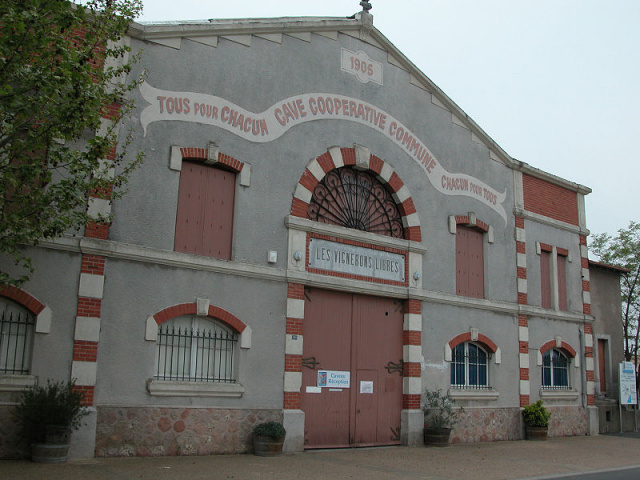
Co-operative :A winery run and owned by a group of local winegrowers. Quality varies - some can turn out high quality wines, but not usually.The name of the game is low cost quantity rather than quality. They have the advantage of often being governmentally subsidized and considered to be a low cost method of winemaking especially for places where most estates are small. More than half the wine in France is produced by co-operatives. They may label their bottles, “bottled by the producer”/ Mis en bouteille a la propriete”. Two out of every three German vine growers belong to the local co-op. From Italy, you may have heard of Riunite - a well known co-operative. Spain, Portugal and South Africa are also heavily invested in co-ops. 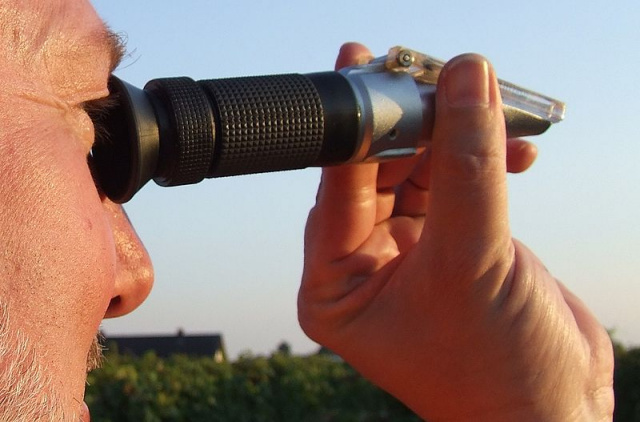
Chaptalization : The process of adding a small amount of sugar to the fermenting vat, which is converted to ethyl alcohol by the yeast. The intent is to increase the final alcohol content, usually to bring it up to acceptable levels Outlawed in some regions, the process is widely practiced in cooler climate regions. Weather and other variables may not allow grapes to fully mature so some wineries resort to this process. However, it’s generally thought of as a negative, in that the majority of good quality wine is still produced by exacting farming practices and without extra additives. Unfortunately, it has become common practice for wineries to add sugar, color, acids or powdered tannins to make up for good quality juice! Kool-Aid comes to mind. 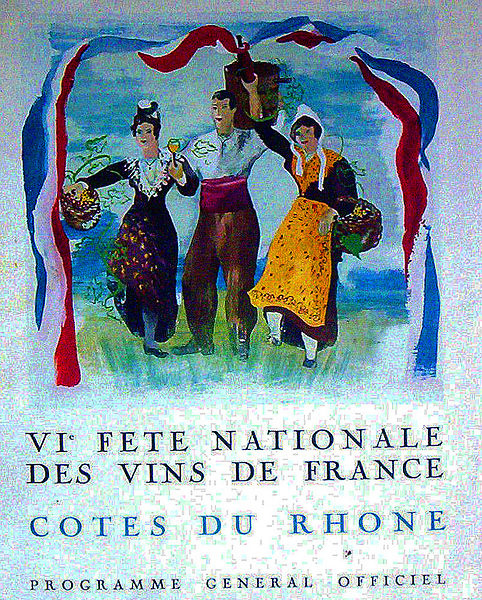
Brett, specifically brettanomyces ("Breh-TAN-oh-MY-sees") : Brett is a wild yeast that's sometimes found on grape skins and that can get into wine barrels, where it resides and grows and can be almost impossible to remove. When brett appears in a wine, it creates earthy organic aromas and flavors that don't sound appetizing. The aroma of brett-afflicted wines may range from leathery to mousey, wet-fur, or "barnyard" aromas like chicken manure or horse sweat!!! Brett is often found in red Rhone wines and Burgundies; Chateau Beaucastel and Domaine Tempier, both from Southern France, are two well-known names that almost invariably show brett. In small amounts it is considered by many to be a very appealing quality. I’m not lying. 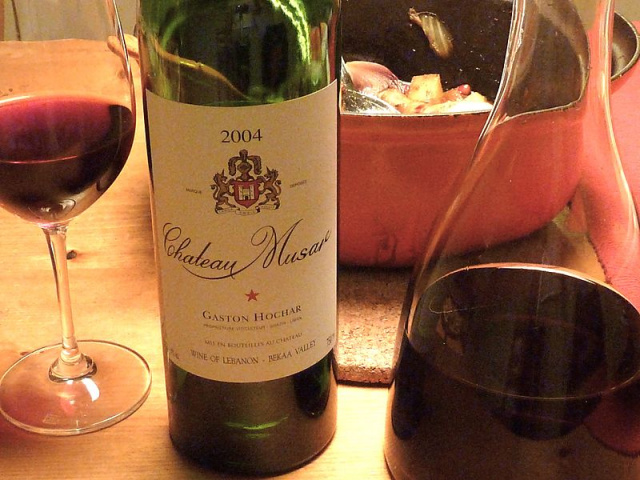
Unfiltered and Unfined : Today, most mass produced wines are run through a fine-pored filter aimed at removing any tiny particles that may remain before bottling the finished wine. Fining is the introduction of an inert substance to settle impurities out of the wine. Some wine makers, particularly the smaller artisanal wineries, believe these techniques strip subtle aromas, character and complexity from the finished wine and choose to produce wines by the more traditional processes. If you notice a small amount of sediment in the bottom of the bottle, don't worry - it won’t do you any harm. But it's not particularly pleasant to drink, so it's a good idea to pour carefully and try to keep the dregs (if any) in the bottle.
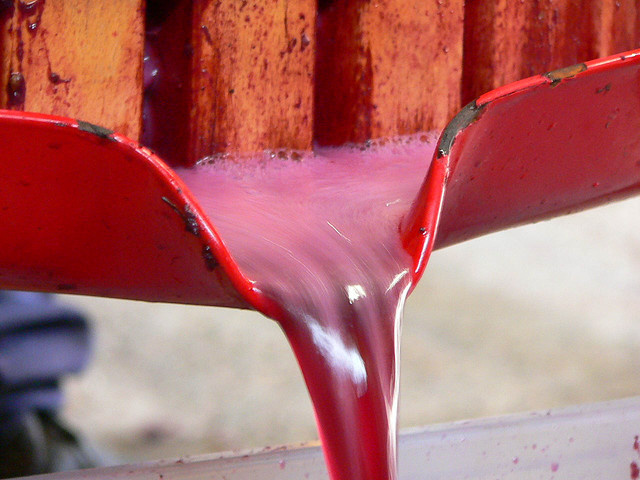
“Lees” are heavy sediment consisting of dead yeast cells and other solid matter such as grape pulp, pips and so on. It is thought that by allowing the wine more time “on the lees”, it will produce a more flavorful and fuller bodied wine. This process is too time consuming for large scale wine production.

Crianza - A Spanish term describing the mandatory aging that a wine has undergone. Referring to red wines, this is the youngest category, which is aged for two years, with at least six months in barrel. Related terms include Reserva (a minimum of three years ageing prior to release, of which at least one must be in oak) and Gran Reserva (a minimum five years ageing, of which at least two are in cask and three in bottle; the highest quality of the category).In the old days, these bottles would come entwined in a metal woven cage, meant to prevent wine tampering. Joven is a term for young fruity red wines that see no oak aging.
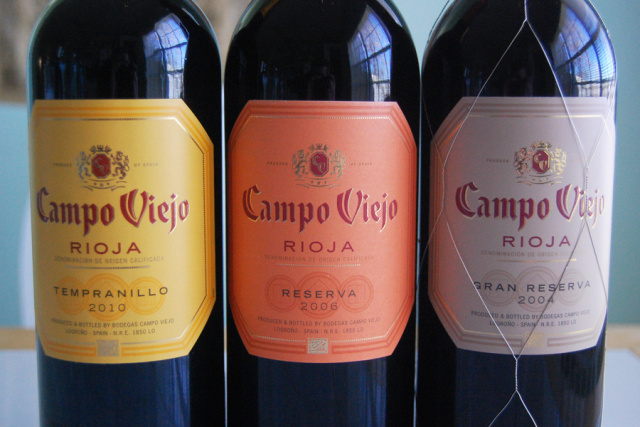
You may have seen the words Côte/Coteau (France) on your wine bottles. A côte is a slope or hillside. The term is used in many regions of France: Côte Rôtie (Rhône Valley), Côte d'Or (Burgundy), Côte de Brouilly (Beaujolais). In terms of healthy vineyard practices a sloped hillside is preferred as it results in better drainage.
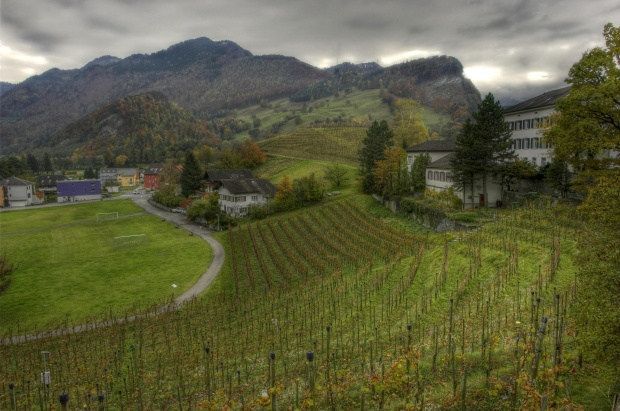
I’ve heard people say, “I don’t like wine blends”. It may be their style preference or said out of a sense of admiring the purity of the grape varietal. But, more often than not, blends are mighty tasty! Loosen up! There are also some world class wines that are always blends, such as any Châteauneuf–Du-Pape, Bordeaux, Amarone … Opus One.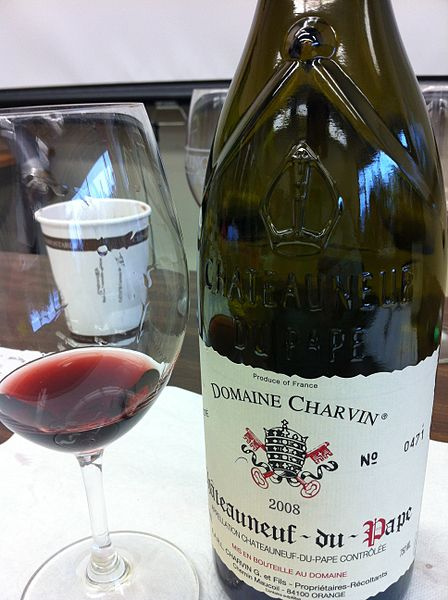
©text Black Sheep Wine and Beer Shop 2012
|
Photo/Illustration Credits: personal photos of the author, Wikimedia Commons, Bigfoto.com, Public Domain, MorgueFile.com., PDPhoto.org.
|
|
|
Jennifer Laskey VerPlanck
|